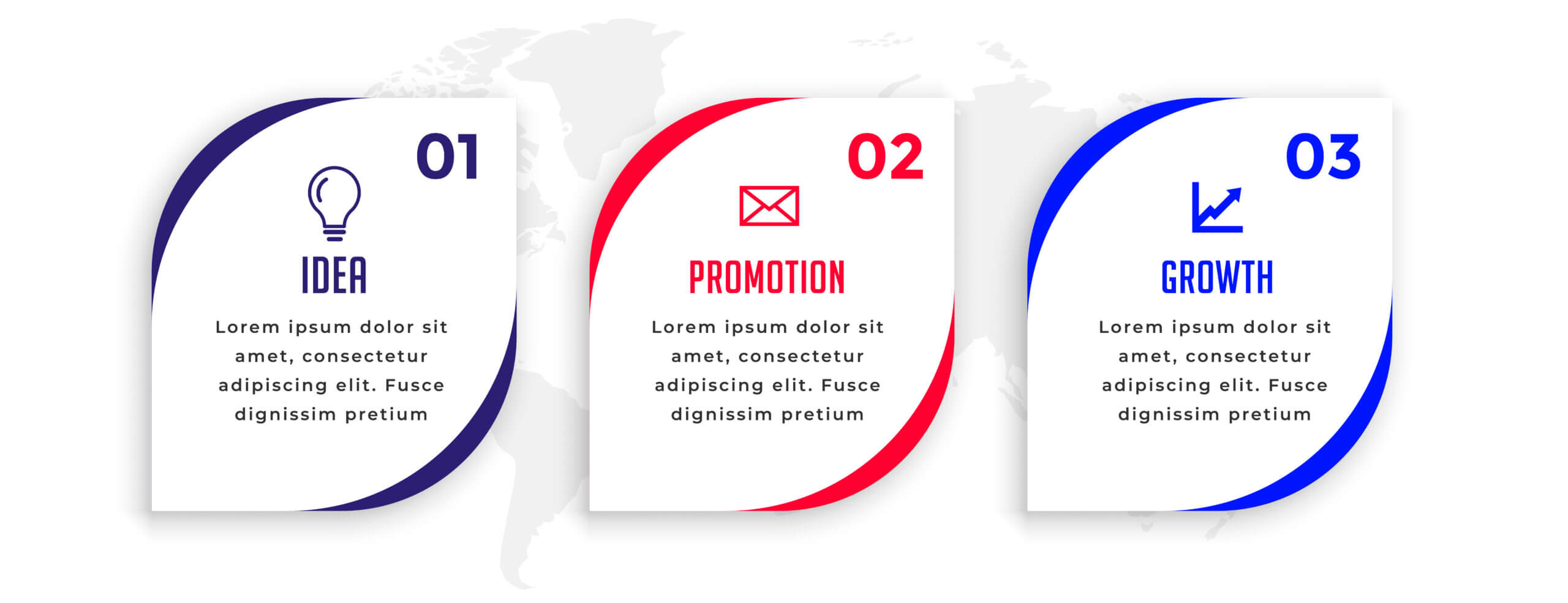Many individuals enjoy working and communicating remotely but is it feasible and worthwhile for the individual or the organization? The value of company personnel working remotely still does not appeal to a lot of companies nor some employees. Let’s discuss the value of it for an employee and the company and its drawbacks. In Part …
Sales & Marketing/
Advertising & PR
Now that you have prepared your content well and have worked on being calm and focused, you are well on the way to feeling confident, focused, and ready for your important presentation. Here is the rest of the story; what to do in the hours and moments before the big event. 1. Walk to calm …
People often struggle to prepare themselves for a major presentation. They spend hours reworking their slides, and rehearsing lines in their heads. Yet, they often end up feeling frazzled and unfocused. How can you prepare yourself so that you are ready and able to present your ideas successfully? Read on: Have a clear goal for …
Jack* is a natural born people person. And that makes him a natural born communicator. When you first meet him you’ll notice his calm, steady eye contact and his friendly smile. But as you begin a conversation with him, something special begins to happen. He asks a few questions until he finds something you have …
You go into an organization where there are no standard forms of documentation for communicating. How do you go about creating a standard when there is none? First and foremost, use your excellent communication skills to understand your stakeholders, use your interpersonal skills to collaborate with colleagues to gather information, and use your technical and …
John was reluctant to present monthly results to his leaders. His heavily chart-laden slides either resulted in sleepy audiences, or in lots of questions, most of them off-topic. What to do? If your presentations are number-heavy, or if you are presenting financial data, you might want to try some of these tips to bring them …
The Technical Writer is forever growing in status and popularity. They have now emerged as Content Writers, Managers, Web Content Writers, and Web Managers. But the basic ideals and requirements are still the same. They are knowledgeable in their fields (manufacturing, pharmacy, education, development, business, etc.) and they know how to write – clearly and …







